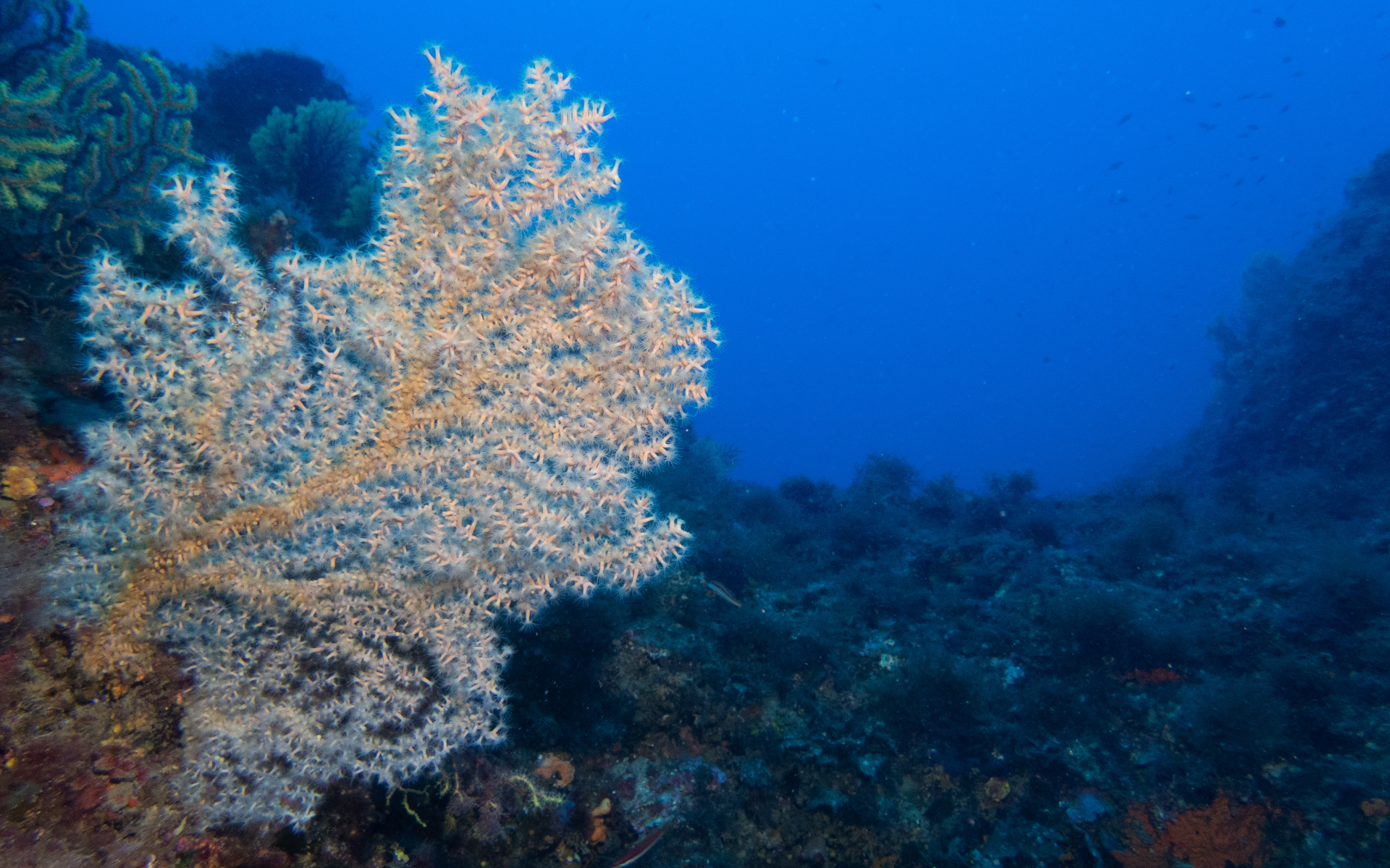One of the pillars of the project is the creation of coordinated and coherent management tools for all sites included in the Natura 2000 network, based on available scientific information and the involvement of the sectors concerned.
Participatory processes are in place that promote effective involvement by managers, users and stakeholders in drawing up management plans for marine sites in Natura 2000:
- Updating the “El Cachucho” Management Plan and extending its reach. The Royal Decree that regulates and expands the “El Cachucho” Marine Protected Area and Special Preservation Area increases its original area by 26,714 hectares, bringing the total protected area to 261,664 hectares, and updates the regulation of uses and activities in one of the areas with the greatest natural wealth of our seas. Information materials, in particular an infographic and a brochure, have been published to explain the details of this process.
- Procedure for the approval of the management plans for 9 protected areas under the responsibility of the General State Administration off the coast of the Levante. The aim is to designate the nine Sites of Community Importance (SCIs) as Special Preservation Areas (SPAs), to approve conservation measures for all nine and for the seven marine SPAs that overlap them, and to propose the extension of eight of the nine sites.
- Process for updating the management plans of the 24 Special Areas of Conservation (SACs) in the Canary Islands marine demarcation. The purpose of updating these plans is to establish measures that ensure the compatibility of the uses and activities with the maintenance or re-establishment of the favourable conservation status of the values to be protected.









